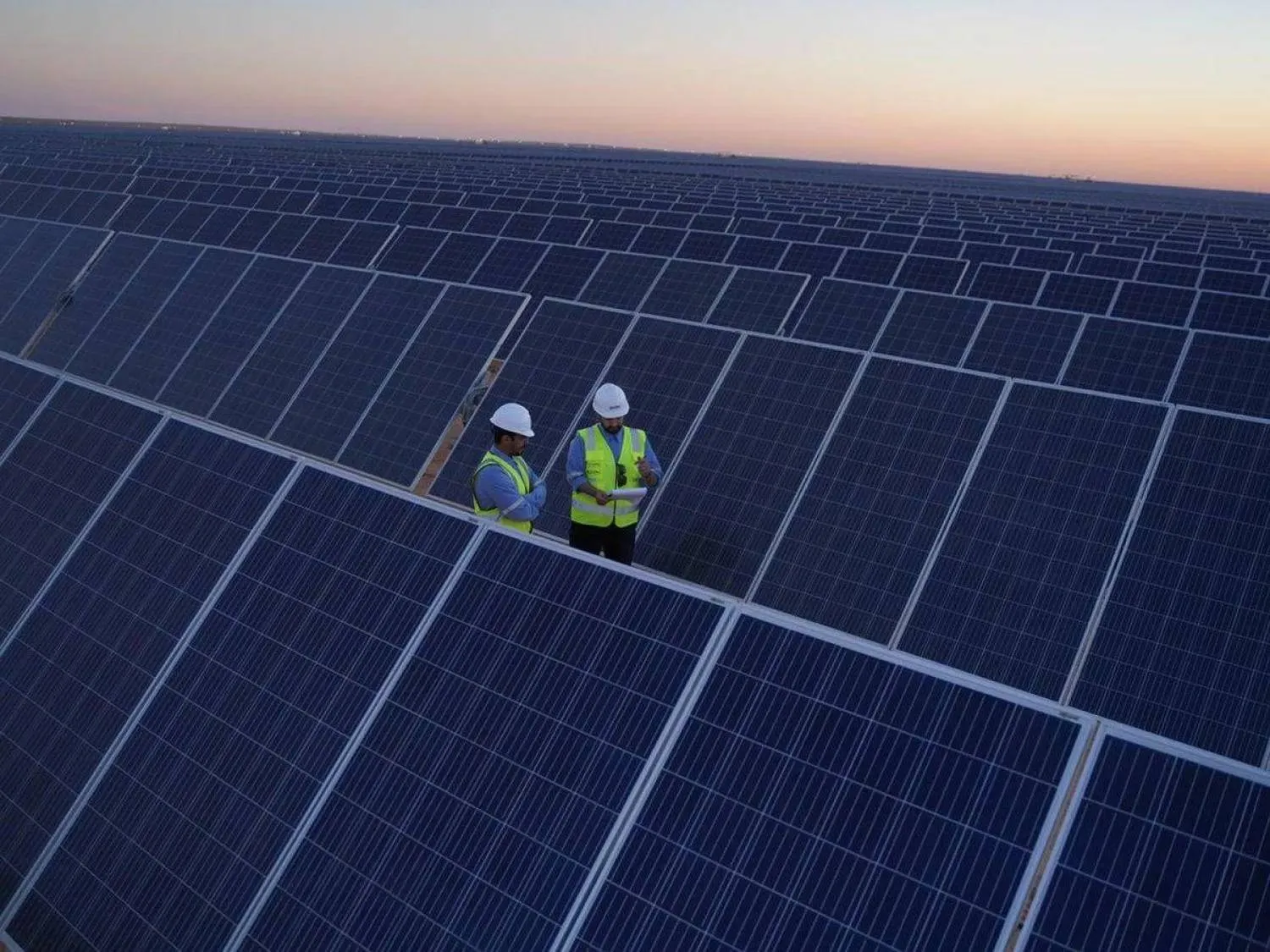Saudi EXIM Bank signed two cooperation agreements with SMBC Business Banking and MUFG Bank, fostering cooperation and creating co-financing opportunities to promote non-oil exports in target markets, the Saudi EXIM Bank revealed in statement. This came on the sidelines of the Saudi-Japan Vision 2030 Business Forum in Tokyo.
According to the statement, the two agreements were signed separately by Eng. Saad bin Abdulaziz Al-Khalab, CEO of Saudi EXIM Bank, along with Mr. Akihiro Fukudom, CEO of SMBC Bank and Hironori Kamizawa, CEO of MUFG Bank.
Commenting on the partnerships, Eng. Saad Al-Khalab stated: "This collaboration with Japanese entities is part of our joint efforts to strengthen economic relations between both countries and achieve the Saudi-Japan Vision 2030. The acceleration of commercial projects between our nations toward broader horizons comes as a result of the strength, advanced economic status, and promising investment opportunities."
During the roundtable meeting, which brought together several ministers from both sides, Eng. Saad Al-Khalab reviewed Saudi EXIM Bank's activities with Japanese financial institutions and commercial companies to enhance economic and trade relations and identify projects of mutual interest, SPA reported.
During the financial sector's roundtable meeting, Al-Khalab emphasized the critical importance of collaborative efforts between all financial institutions and business sectors. This is to ensure the provision of comprehensive, incentivizing credit solutions that can accelerate the pace of trade and mutual and global investment activities.
The Saudi EXIM Bank aims to empower the Kingdom's non-oil national economy in accordance with Vision 2030. The bank is focused on enabling Saudi non-oil exports to expand and penetrate global markets by bridging financing gaps and reducing export risks.









